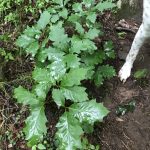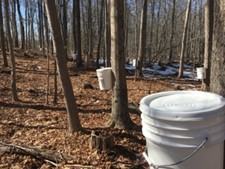 Northeast Forest Resources Extension Council meeting
Northeast Forest Resources Extension Council meeting
(NeFREC)
Dec. 3 & 4, Haddam, CT
Every year in early December, extension foresters from the USFS northeast forest service region (MN to the East coast, and south to WV) gather to discuss hot topics and areas of concern in forestry outreach, but most importantly, to steal good ideas from the successful programs of their colleagues! While traditionally held at Grey Towers, the Pennsylvania family home of Gifford Pinchot (chief of the US Forest Service upon its creation) the meeting has roamed since the COVID years. The 2024 meeting was hosted by Tom Worthley, extension forester at UConn, at the Extension Center in Haddam, CT. Many states were represented, some in person and some remote. The following are some highlights shared from various corners of the northeast. Continue reading
